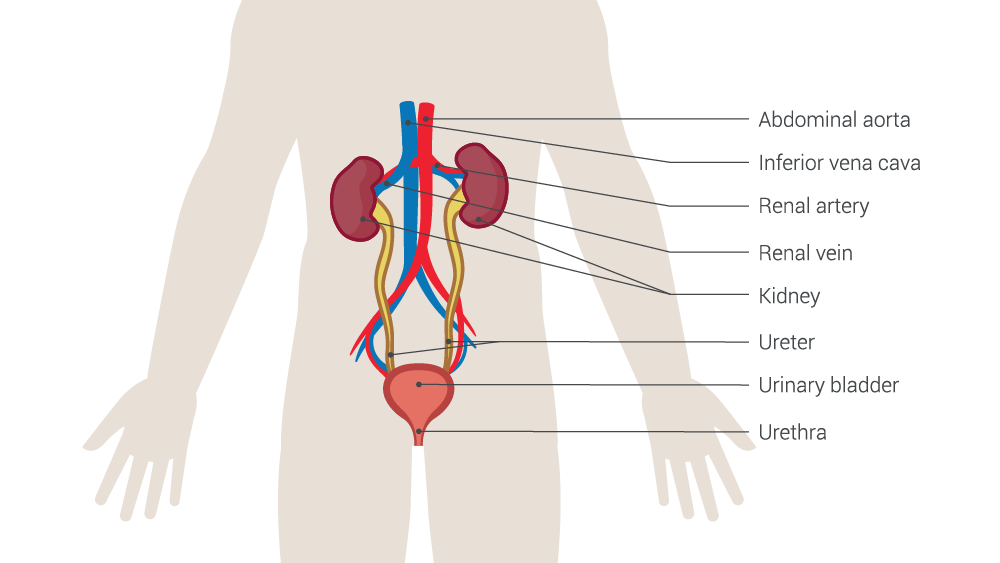
Urinary tract infections (UTIs) are very common and affect millions of people – regardless of age or sex.
Women are about four times more likely than men to have a UTI, according to the National Institutes of Health. While men are less likely to have this type of infection, their symptoms are slightly different from the symptoms experienced by women.
Alexander Cranwell, MD, is a urologist with Rochester Regional Health and explains how to recognize a UTI, the best ways to find treatment, and what to do to prevent an infection.
Understanding the urinary system in the human body can help with understanding UTIs. The urinary system filters waste through the kidneys, creating urine, which travels down tiny ducts called ureters to the bladder. Once the bladder is full of urine, it is pushed out of the body through a small duct called the urethra.

A UTI results from bacteria entering a person’s urinary tract through the urethra. Women are more likely to experience a UTI because their urethra is shorter and closer to the rectum compared to men, allowing bacteria to travel more easily.
Men might be at a higher risk of getting a UTI if they:
Typical symptoms of UTIs may include:
Anyone feeling discomfort while urinating for more than 24 hours should contact their provider as soon as possible to submit a urine sample.
“Getting a UTI diagnosed as early as possible can help to prevent the infection from spreading and potentially affecting the kidneys,” Dr. Cranwell said. “As soon as any symptoms start to occur, contact a provider to talk about them.”
Providers will usually ask a patient about their symptoms and may perform a brief examination of the affected area. Patients will undergo a urine test to confirm a UTI. Urinalysis will measure certain levels in a person’s urine, such as proteins, acidity, foreign substances, or bacteria.
If a UTI is confirmed, a patient will be prescribed antibiotics to eliminate any bacterial infection. Antibiotics should be taken as prescribed, even if the patient no longer feels symptoms. Men may need to have antibiotics longer than women because the bacteria can travel further up the urethra into the prostate.
Patients can also take medication for pain or discomfort, as suggested by their provider.
Most of the methods of preventing are lifestyle-related and do not involve taking prophylactic medications.
Staying well hydrated helps to reduce the likelihood of developing a UTI. There is some research showing cranberry supplements may help to decrease the chances of getting a UTI for people with recurrent UTIs, as well.
“While UTI symptoms are uncomfortable and sometimes painful, most infections are cleared up through the use of antibiotics,” Dr. Cranwell said. “The importance of keeping in touch with your primary care provider cannot be understated when it comes to taking care of these types of infections.”
